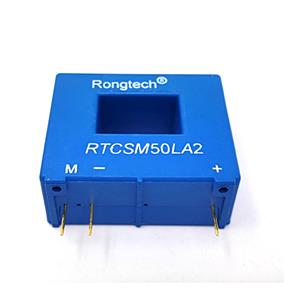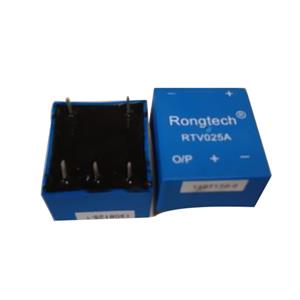Key Components of Leakage Current Sensors
Key Components of Leakage Current Sensors
Leakage current sensors are sophisticated devices engineered to accurately detect and measure minute electrical currents that flow unintentionally through non - intended paths, posing risks such as electric shock and equipment damage. Understanding their key components is crucial for grasping how these sensors function effectively.
1. Sensing Element
The sensing element is the heart of a leakage current sensor. It is typically based on the principle of electromagnetic induction or resistive shunt. In electromagnetic - based sensors, a toroidal core is commonly used. When an alternating leakage current passes through a conductor placed inside the toroidal core, it generates a magnetic field. A secondary winding wound around the core then picks up this magnetic field and induces a voltage proportional to the leakage current. Resistive shunt sensors, on the other hand, work by placing a low - resistance shunt resistor in series with the circuit carrying the leakage current. The voltage drop across the shunt resistor is measured, and using Ohm's law, the leakage current can be calculated. High - quality sensing elements are essential for accurate measurement, as they need to respond precisely to even the slightest changes in leakage current.
2. Signal Conditioning Circuitry
Once the sensing element detects the leakage current and generates a corresponding electrical signal, the signal conditioning circuitry comes into play. This part of the sensor is responsible for amplifying, filtering, and converting the raw signal from the sensing element into a form that can be easily measured and interpreted. The raw signal from the sensing element may be very weak and may also contain noise from the surrounding electrical environment. Amplifiers boost the signal strength to a level suitable for further processing. Filters, such as low - pass filters, are used to remove high - frequency noise and interference, ensuring that only the relevant leakage current signal is passed on. Analog - to - digital converters (ADCs) may also be included in the signal conditioning circuitry to convert the analog signal into a digital format for use in modern electronic systems.
3. Microcontroller or Processor Unit
The microcontroller or processor unit serves as the brain of the leakage current sensor. It receives the conditioned signal from the signal conditioning circuitry and performs various functions. It can analyze the signal to determine if the leakage current exceeds a pre - set threshold. If the leakage current is found to be above the safe limit, the microcontroller can trigger an alarm or send a control signal to a relay or circuit breaker to isolate the faulty circuit. Additionally, it can communicate the leakage current data to other devices, such as a central monitoring system or a user interface, for display and further analysis. Advanced microcontrollers may also be programmed to perform self - diagnostics, checking the functionality of other components within the sensor and reporting any faults.
4. Housing and Enclosure
The housing and enclosure of a leakage current sensor are important for protecting the internal components from physical damage, environmental factors, and electromagnetic interference. The housing is usually made of durable materials such as plastic or metal. Plastic enclosures are lightweight, cost - effective, and can provide good insulation. Metal enclosures, on the other hand, offer better protection against electromagnetic interference and physical impacts. The enclosure also needs to have proper ventilation and sealing to prevent dust, moisture, and other contaminants from entering the sensor, which could potentially affect its performance and lifespan.
5. Input and Output Interfaces
Input interfaces allow the leakage current sensor to receive power and any necessary configuration signals. These can include power input terminals, communication ports for receiving programming or calibration commands, and control inputs for enabling or disabling certain functions. Output interfaces, on the other hand, are used to communicate the measured leakage current data and any status or alarm signals. Common output interfaces include analog voltage or current outputs, digital communication protocols such as RS - 485, Modbus, or Ethernet, and relay outputs for triggering external devices like alarms or circuit breakers.
In summary, leakage current sensors are composed of multiple key components, each playing a vital role in their overall functionality. From the sensing element that detects the leakage current to the input and output interfaces that enable communication with the external world, these components work in harmony to provide accurate and reliable leakage current measurement and protection.
SEO Keywords: leakage current sensors, sensing element, signal conditioning circuitry, microcontroller, housing and enclosure, input and output interfaces




